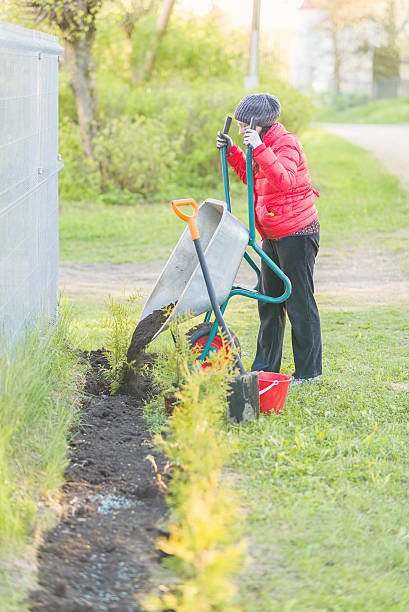Introduction Amphibians, including frogs, play a crucial role in maintaining the balance of ecosystems, yet their populations are dwindling worldwide. One significant factor contributing to this decline is the loss of suitable habitats, particularly due to dry ponds. However, by making simple changes in our gardens, we can provide essential refuges for these amphibians, aiding in their conservation efforts. In this guide, we’ll explore various strategies to transform your garden into a frog-friendly oasis.
Understanding Amphibian Decline Before delving into solutions, it’s vital to understand why amphibians are facing such alarming declines. Habitat loss and fragmentation, pollution, climate change, and disease are among the primary factors driving these declines. Dry ponds, in particular, deprive amphibians of crucial breeding and sheltering sites, disrupting their life cycles and leading to population declines.
Creating a Frog-Friendly Habitat
Build a Pond: The cornerstone of a frog-friendly garden is a well-designed pond. Even a small pond can provide a vital habitat for frogs and other amphibians. Ensure the pond has shallow areas for egg-laying and deeper sections for refuge during dry spells. Native aquatic plants like water lilies and marsh marigolds not only add beauty but also provide cover and oxygen.
Provide Hiding Places: Amphibians need shelter to hide from predators and harsh weather conditions. Incorporate logs, rocks, and dense vegetation around the pond to create hiding spots. Leaf litter and mulch also provide refuge and attract insects, a vital food source for amphibians.
Avoid Chemicals: Pesticides and herbicides can be highly toxic to amphibians. Opt for natural alternatives or adopt organic gardening practices to minimize chemical exposure. Additionally, be cautious with fertilizers, as nutrient runoff can lead to algal blooms, further degrading amphibian habitats.
Maintain Moisture: Keep the garden moist by mulching and watering regularly, especially during dry periods. Amphibians rely on moisture to keep their skin hydrated and to lay their eggs. Providing moist hiding places, such as overturned pots or damp vegetation, can also help amphibians survive dry spells.
Create Wildlife Corridors: Connect your garden to nearby green spaces to facilitate the movement of amphibians. Wildlife corridors allow frogs and other creatures to travel between habitats, increasing genetic diversity and resilience. Planting native trees and shrubs along fences or creating small ponds in neighboring properties can enhance connectivity.
Minimize Light Pollution: Artificial lights can disorient nocturnal amphibians and disrupt their natural behaviors. Install motion sensor lights or use low-intensity lighting to minimize light pollution around the pond. Shielding lights and directing them downward can also help reduce their impact on amphibians.
Monitor and Educate: Regularly monitor your garden for amphibian activity and keep records of species observed. Participate in citizen science projects like FrogWatch to contribute valuable data to amphibian conservation efforts. Educate others about the importance of amphibians and inspire them to create frog-friendly habitats in their own gardens.
Conclusion Amphibians are facing unprecedented challenges, including the loss of habitat due to dry ponds. However, by making our gardens frog-friendly, we can help mitigate these threats and contribute to amphibian conservation. Building ponds, providing hiding places, avoiding chemicals, maintaining moisture, creating wildlife corridors, minimizing light pollution, and monitoring amphibian populations are all crucial steps in creating a habitat where frogs can thrive. Together, let’s take action to ensure a future where the chorus of frog calls continues to enrich our natural world.



